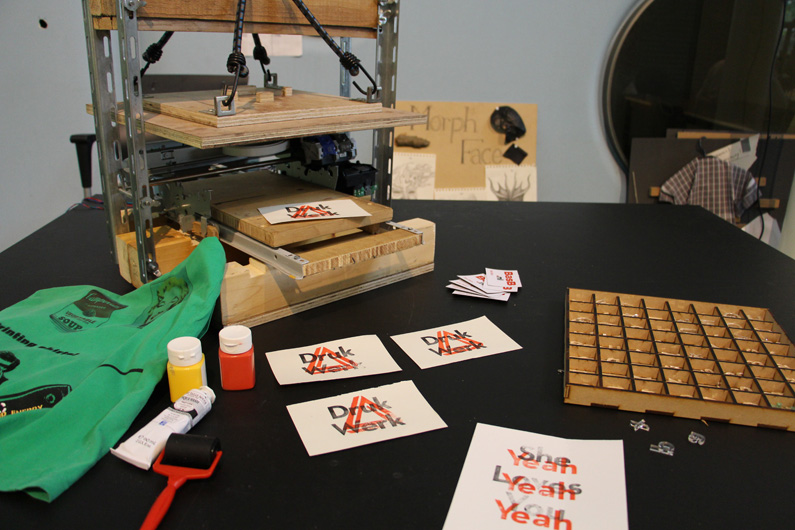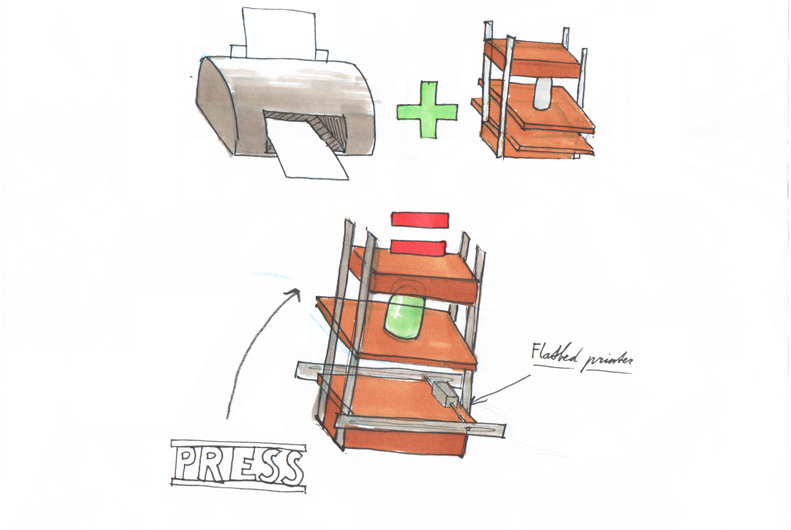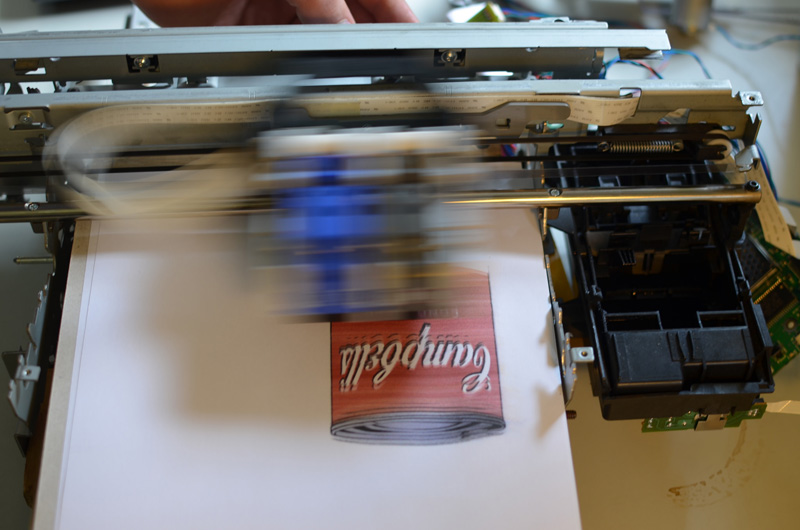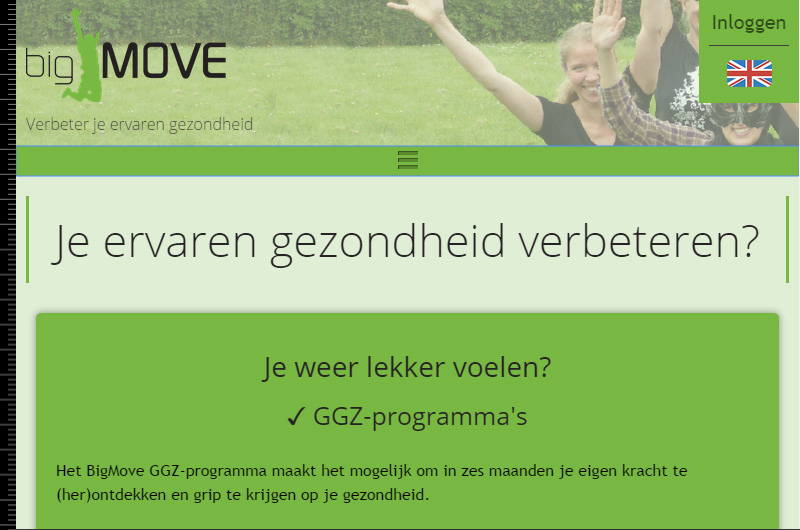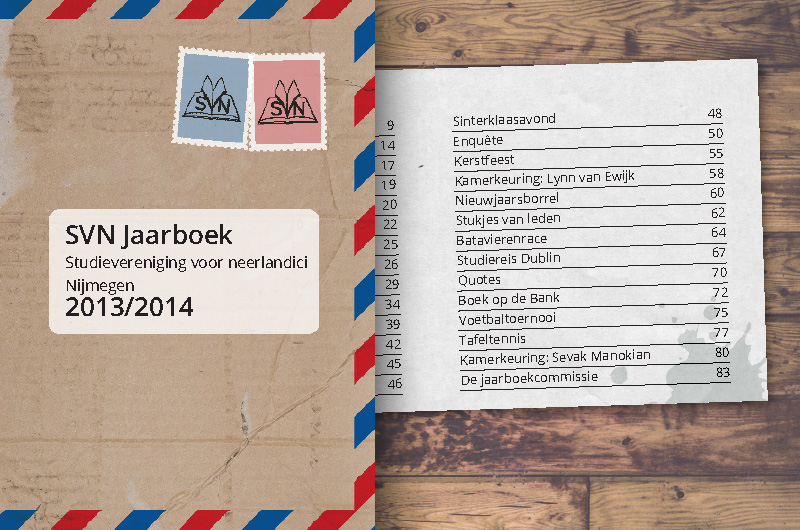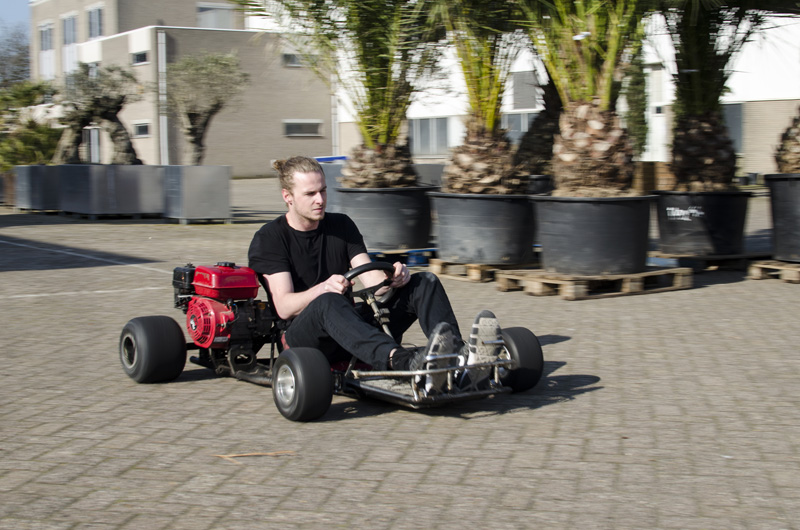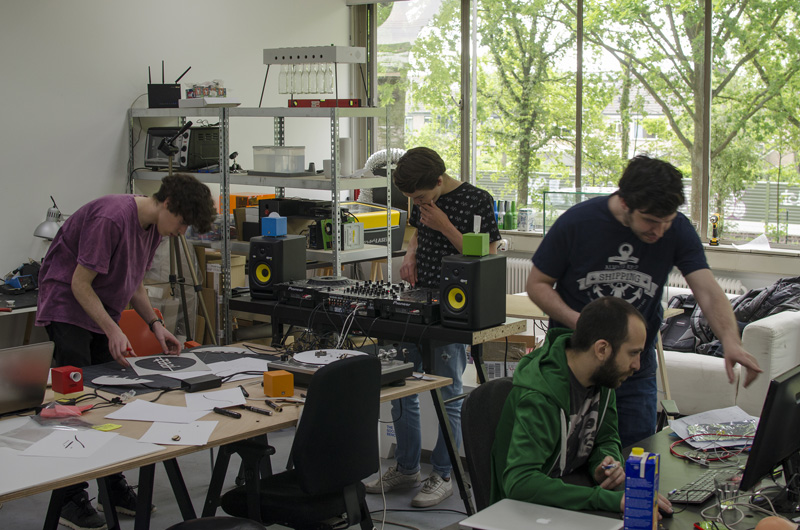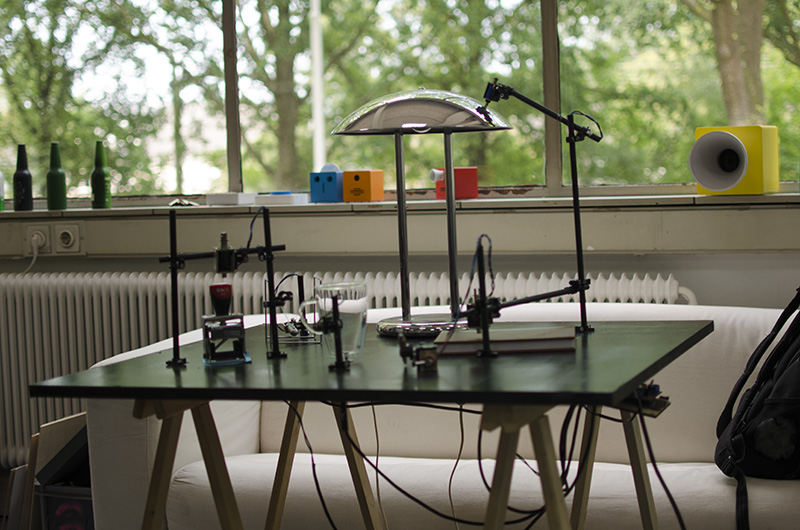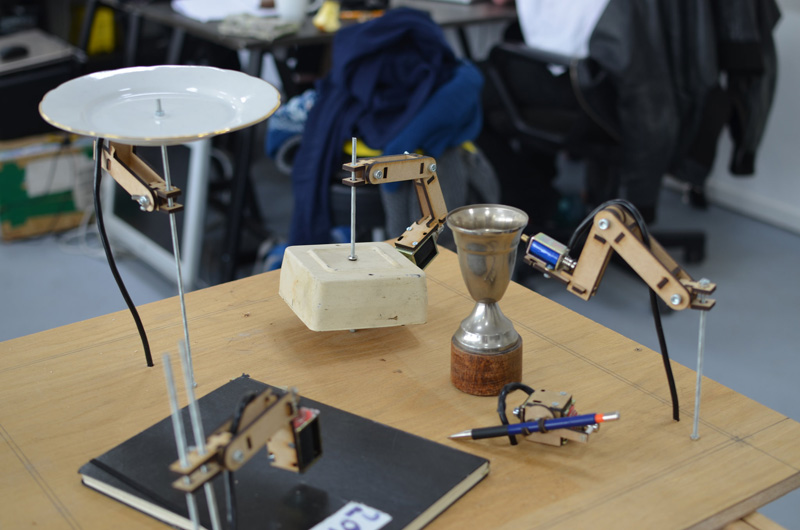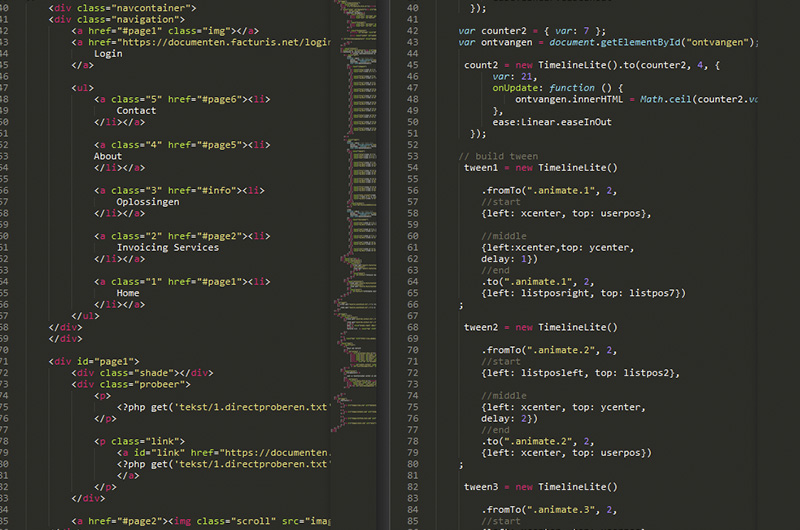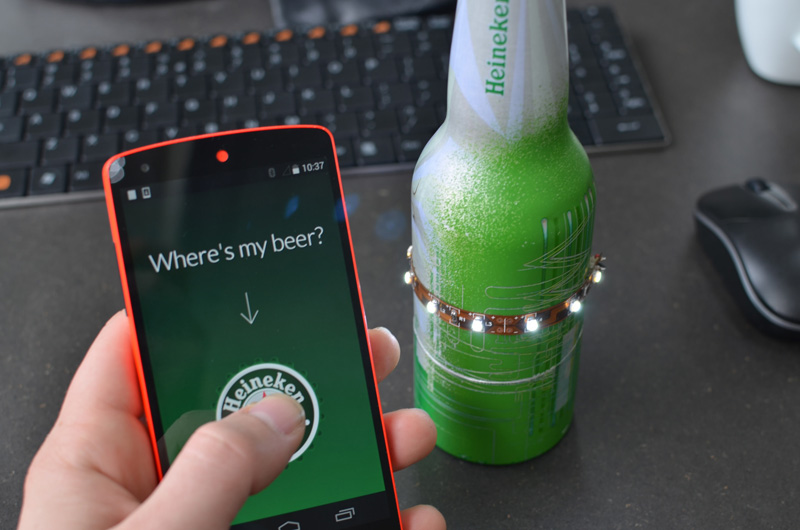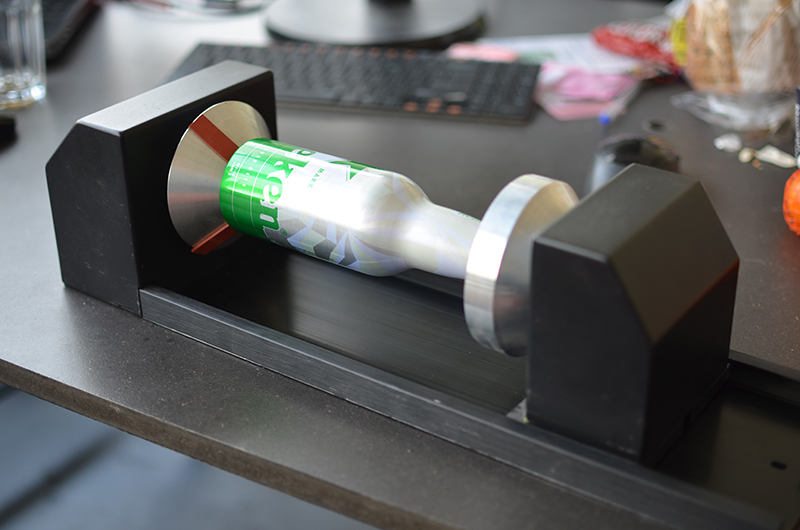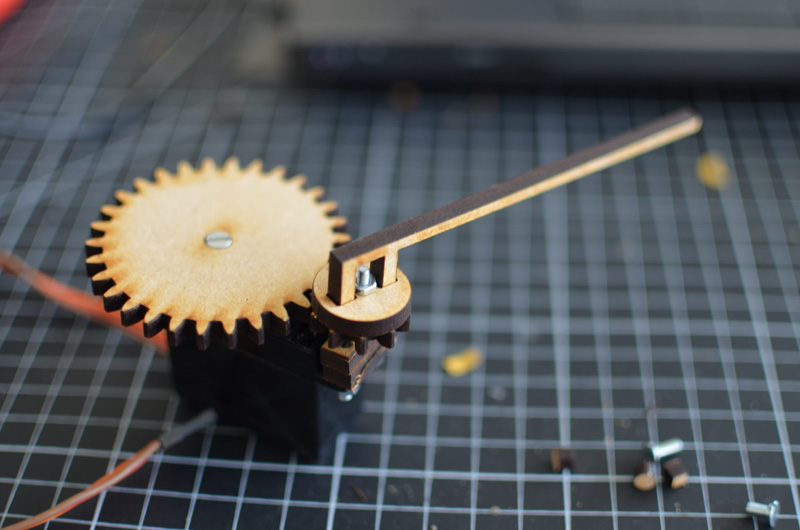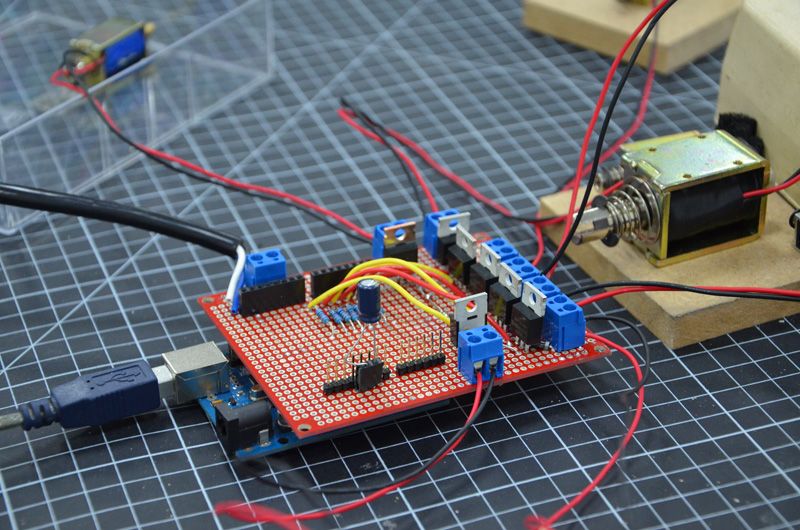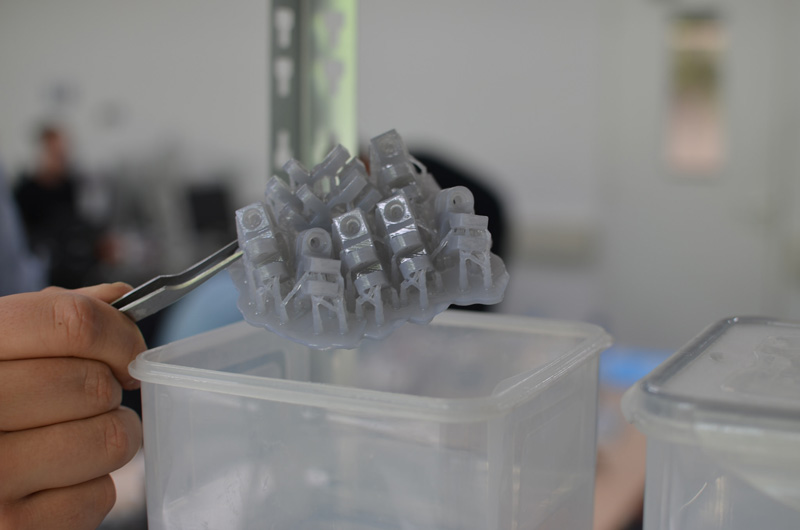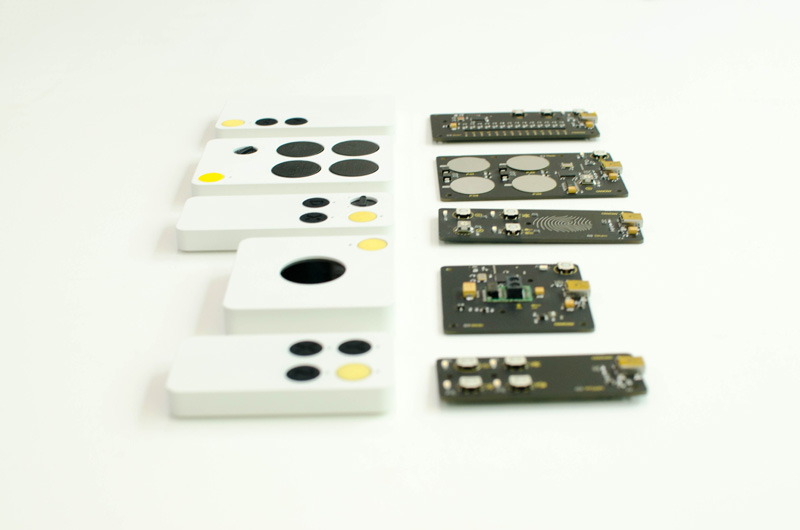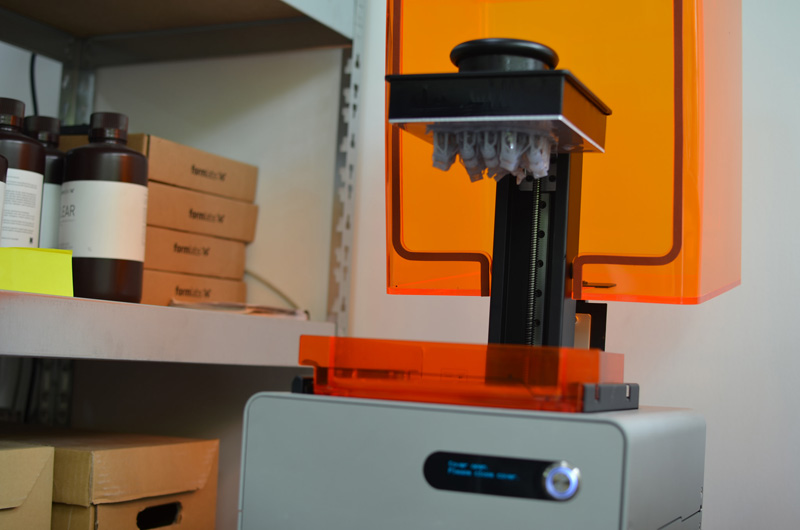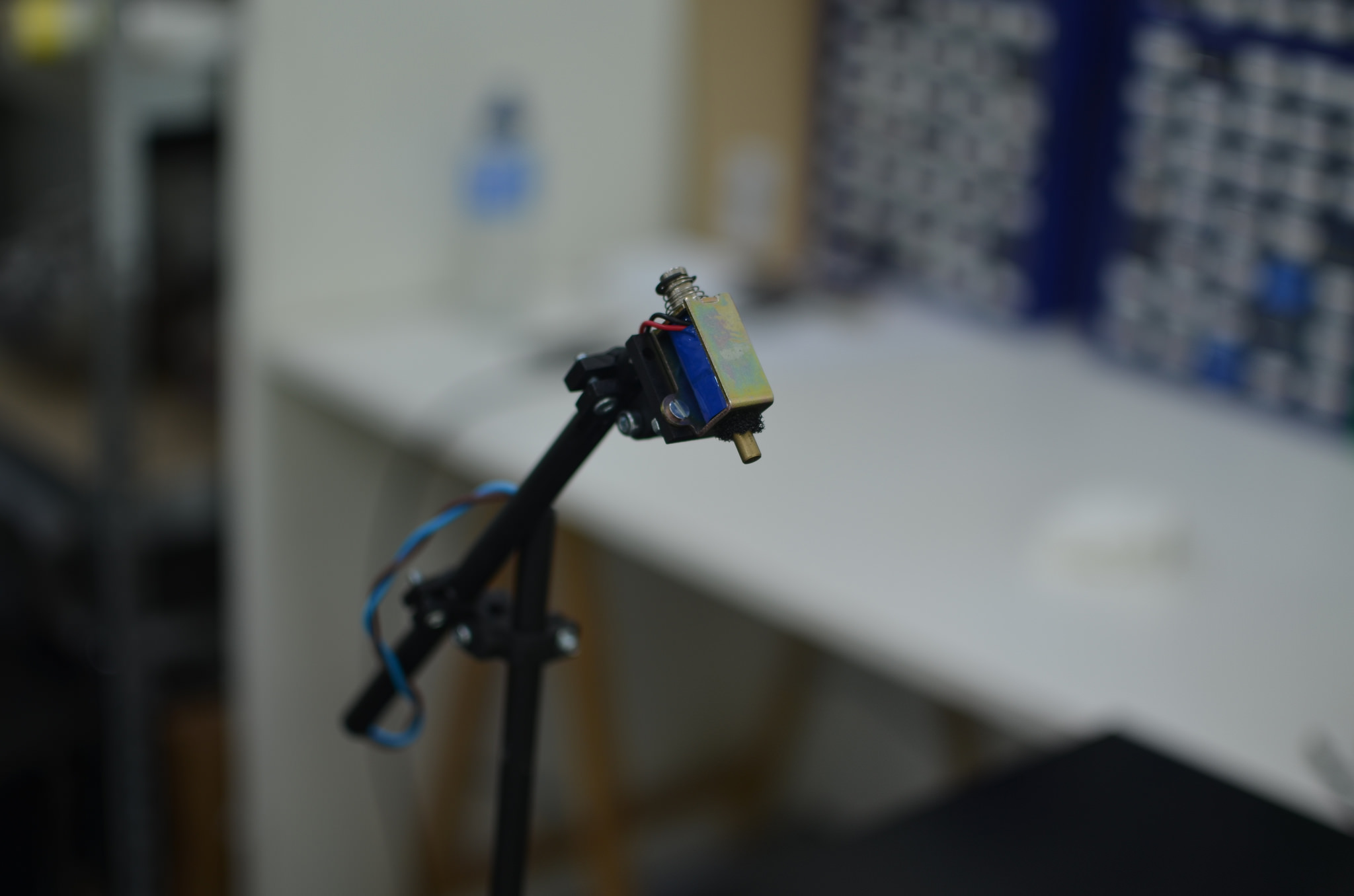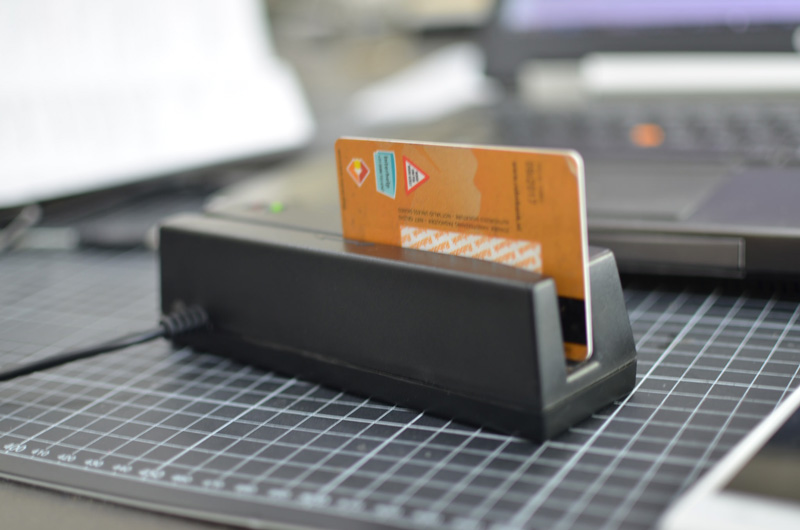Vision
As the owner of my favourite shoe brand Floris van Bommel kindly wrote on the sole of my shoes:
"I like to make nice shoes."
I too like to make nice things, but, apparently like Floris van Bommel, I don't like explaining why they are nice. I want design to be able to capture an observer on its own. Design can uniquely communicate both function and form directly to an observer, by combining these an object can interest and captivate a user, while at the same time telling the user about its functionality. By having the function and aesthetics closely related I aim to intrigue and cause curiosity, allowing an object to capture a user and make a lasting impression.
When famous designer Dieter Rams was asked how much consumer research he did at Braun he simply answered:
"Never. We wanted to change the world."
Good design is timeless. If the essential resource and commitment meet a good idea no matter what the current trend might be, it has great potential for success.
I like to lead a design back to its roots to make it nothing more and nothing less than it should b.
Identity
If you were to ask me what I would want to be when I grow up at the turn of the century I would have exclaimed "inventor!". After all these years I still would. The inventor part of me approaches a problem from a practical, physical standpoint. It wants to create real objects that can be immediately used to test ideas out and get feedback.
By creating an object in the fastest, most direct I actively reveal ideas to me and the world around me. Thinking about something not always provides an image of the entire product, the only
way to really grasp the entire
concept of it is to make it.
Next to this inventor identity is a graphic design identity. This part approaches problems in a more abstract way. It looks at the function of other objects and aesthetics and what I think is important to emphasise and tone down. I try to keep graphical design as easy to understand as possible. By making important information jump out and keeping objects that could divert attention from the central message I make peaceful sometimes minimalistic work. Iterating is important within this identity, looking at the entire product can give a better idea of the overall feel of a product.
Right where these identities meet is my identity as a designer. Approaching work from both these sides provides a rich way of thinking about design, the identities match and clash all through a process and in this way give direction and stability.
Learning is central to the way I work. Instead of approaching a task with problems in mind, I like to take it head on. Being able to invest myself completely allows for a deep exploration instead of a broad one, alternating these leads to the richest possible process.



